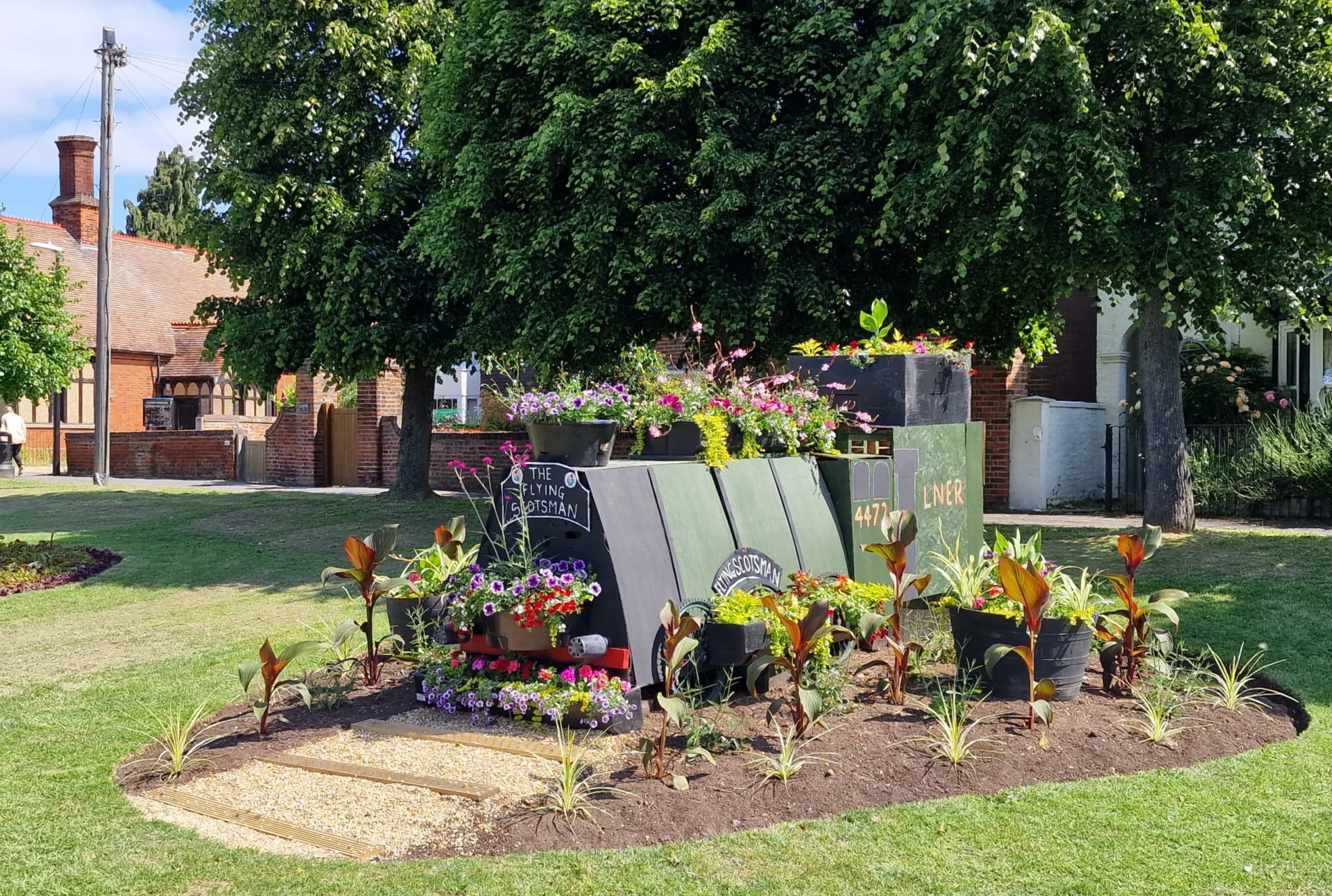It may not be quite on the scale of Neil Armstrong setting foot on the moon – ‘one small step for man, one giant leap for mankind’ – but Wisbech has finally taken a historic and significant step forward.
After gaping in disbelief at the crumbling edifice of what was once a major shop in the High Street, a 77-week regeneration project is under way.
Millions – no one is yet allowed to know the full amount – is to be spent on one of Fenland’s worst eyesores.
Fenland District Council has awarded the contract for the re-development of 24 High Street, Wisbech.
Work began on June 5 with completion expected in November 2024.
It will mean that the former site of Cook’s butcher, that collapsed around 30 years ago, will be replaced by a four-storey building comprising six one-bedroom flats on the upper floors with a shop and studio flat at ground flat.
The company awarded the contract has been given use of the Wisbech Town Council car park in Somers Road as a site compound: a handful of tents used until last week by the homeless has moved elsewhere.
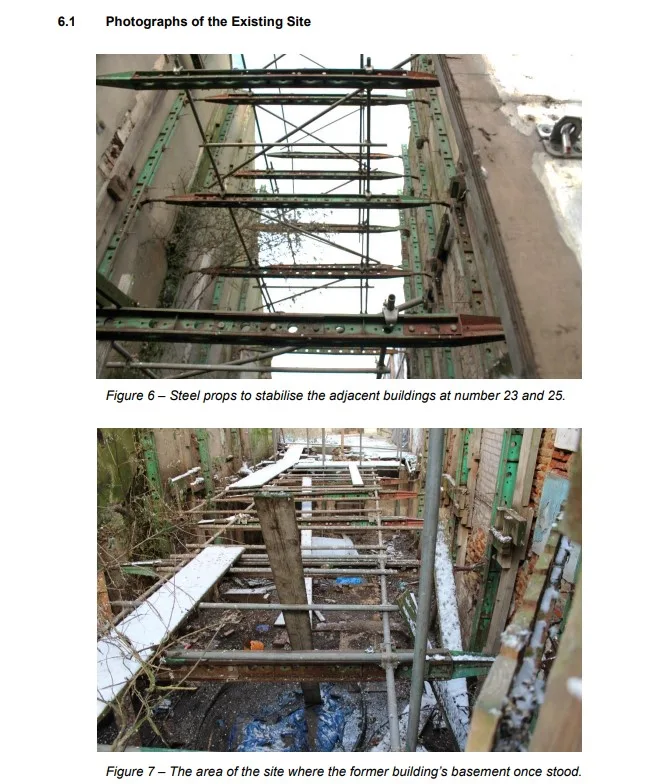
The development site – where once the famous ‘Gap’ project was envisaged – was originally advertised at a contract value of between £1,000,000 to £5,000,000 but the final sum agreed is yet to be announced publicly.
Fenland Council has promised that road closures on High Street “will be kept to a minimum”.
At a recent Cabinet meeting of Fenland Council, Cllr Tierney said that it has taken a considerable amount of time to get to this stage and he worries about the public’s perception of the timescales when looking at the works that have taken place so far with the project.
He added that he welcomed the decision not to close the High Street for an extended period of time during the works as that would be detrimental for the shops, businesses, and residents.
He said that it was a complicated project, and he is excited to see it moving forward.
Cabinet has agreed to accept a grant of £210,000 from the Cambridgeshire and Peterborough Combined Authority.
It has also agreed that the six flats “would be let with a specific lettings policy for these flats being developed upon build completion and that the policy will conform with the grant funding agreement”.
Cllr Steve Count had referenced the lettings policy during a Cabinet meeting last December.
He said that he noted in respect of 24 High Street, the Combined Authority wants affordable housing; it references separately that there will be a specific lettings policy.
He asked if the only difference with the lettings policy is in relation to the fact that this is for affordable tenure and that there are no other differences to be made aware of.
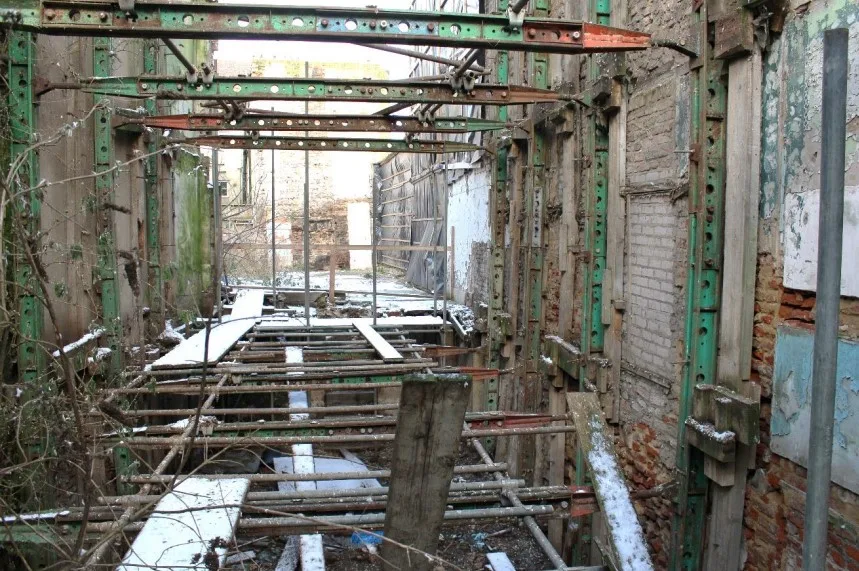
Cllr Sam Hoy said that she believed this had been put in at her request because her concern was that if there was not a local lettings policy in place and it was just left as affordable, the council could not control who the properties were let to.
She felt that given the central location of the property and some of the issues in the town centre perhaps, the council should be selective about who we let the units to.
Council leader Chris Boden said that the reference to affordability is just a matter of percentage of market rental value, which would be a maximum of 80%.
Cllr Count said that he was relaxed about the final use within the specification that Cllr Hoy had raised but what the people of Wisbech want is to see the buildings looking nice again and that gateway into town looking like it used to.
Speaking of the decision to accept CAPCA funds, Cllr Boden said “24 High Street is an important and very visible site in Wisbech Town Centre, but appropriate redevelopment within the conservation area has proved to be really challenging, financially.
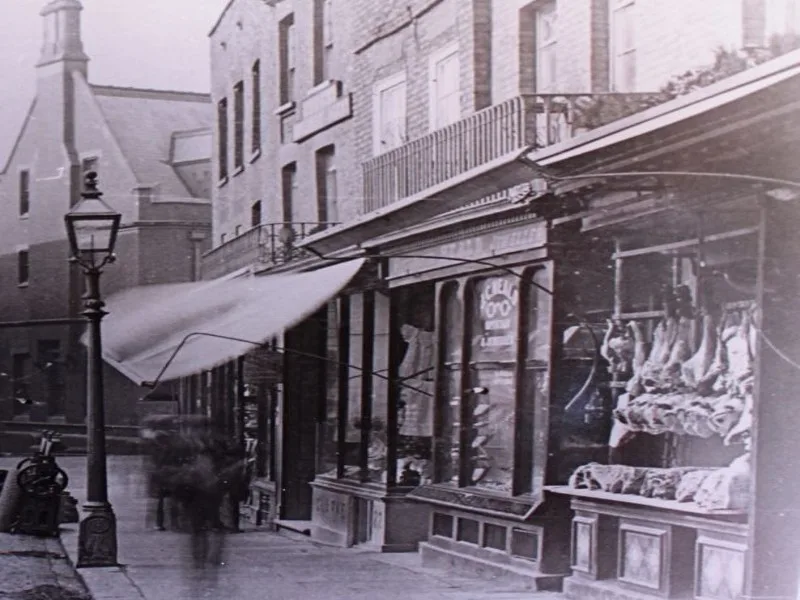
“I’m delighted that the CPCA has agreed to help us bring “the gap” back into productive use.”
Mayor of Cambridgeshire and Peterborough, Dr Nik Johnson, said “The High Street in Wisbech is of huge significance to the town and is a priority site for development for Fenland District Council.
“This scheme will be an important step in revitalising the site and the surrounding area, providing much-needed affordable rent properties in the centre of the town, and I’m delighted that the decision to proceed was unanimous.”
It is thought that some of the funding required for the scheme has come from the National Lottery Heritage Fund (NLHF).
A council report says: “This will allow the funds to be allocated from the external funding body in readiness for delivery of the project and subject to entry into a standard grant funding agreement.”
Last year councillors were told that it had allocated a capital budget of £1.35m to this project which includes a £238k contribution from the NLHF.
But they were also warned this sum “falls significantly short of the expected estimated total value of the preferred bidders bid”.
Confidential discussions agreed the final capital spend together with information regarding the net income which the council anticipates it would receive on an annual basis after work on the building has been completed.
At one stage last year councillors were offered of not proceeding with the award of a construction contract with a review in a year’s time.
But they were also warned of “cost volatility in the construction sector.
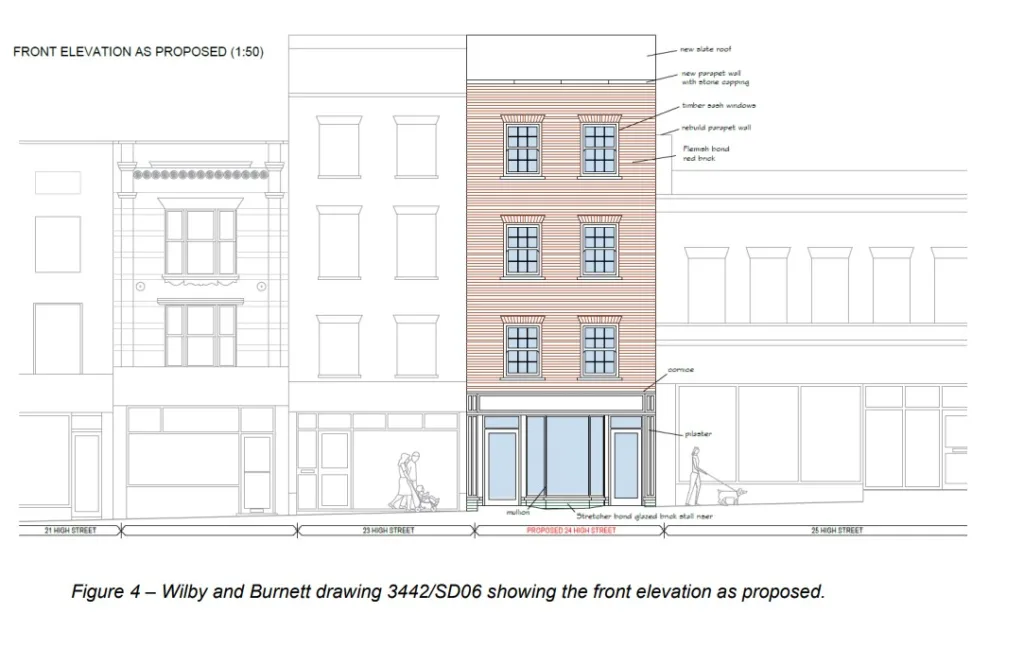
“Materials and labour costs remain high, and many contractors have full order books following delays to construction caused by the Covid-19 pandemic.
“There could be some levelling off or cost reduction over time but equally the rising cost of inflation together with ongoing raw materials supply issues could see costs rise further rather than decrease.
“Delaying the project for 12 months could also risk loss of the NLHF funding contribution unless a time extension to the scheme can be agreed.
“This is a significant risk given that the scheme has already been extended beyond its original 3 years.”
Councillors also looked at disposal of the site to a third-party developer.
But this too, was rejected, after a report emphasised that 24 High Street “is a regeneration and not a commercial investment proposal and is intended to deliver transformational change to Wisbech through the NLHF scheme.
“It is not unusual for projects of this nature to face a ‘conservation deficit’ meaning that they require grant funding to bridge an identified financial viability gap.
“The council can take a longer-term view about the cost of investment and the return on that investment, unlike a private sector developer who would need to achieve a developer profit and a shorter-term commercial return on investment, particularly where a scheme is subject to development finance.”
Officers also advised that “it is considered highly unlikely that a sale to a third-party developer could be achieved in these circumstances”.
Cllr Chris Seaton, Fenland District Council’s portfolio holder for social mobility and heritage sees the scheme offering “the best solution for this long-term derelict site”, with the development being “a huge milestone in the Wisbech High Street Project”, contributing significantly to the High Street’s regeneration.
‘The Gap’ was previously earmarked for a temporary community building, but the original plans were quashed after legal barriers which had prevented a permanent building from being put forward in the beginning were successfully overcome by Fenland Council.
A temporary viewing platform in the original proposals also sparked a mixed reaction from the public, with many sceptical of whether it would fit in the historic market town and local conservation area.
Pick Everard was appointed to project manage the new redevelopment and has worked with architects to put forward the revised scheme.
FOOTNOTE
In 2016, Fenland District Council was awarded a grant of around £1.9 million from the Heritage Lottery Fund (HLF) for the Wisbech High Street Project.
The initial HLF funding was supplemented by contributions from Fenland District Council (£230,000), Cambridgeshire County Council (£200,000), the Wisbech Society (£25,000) and Wisbech Town Council (£25,000).











